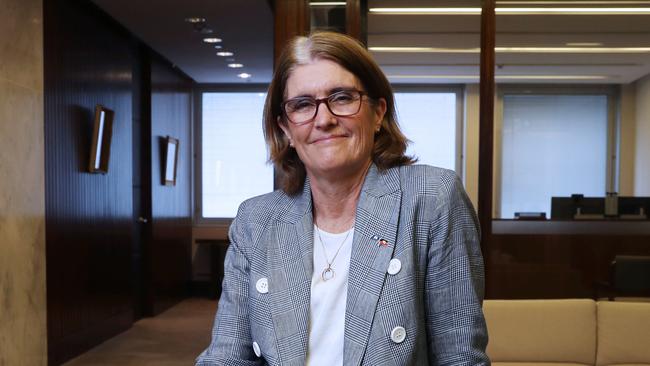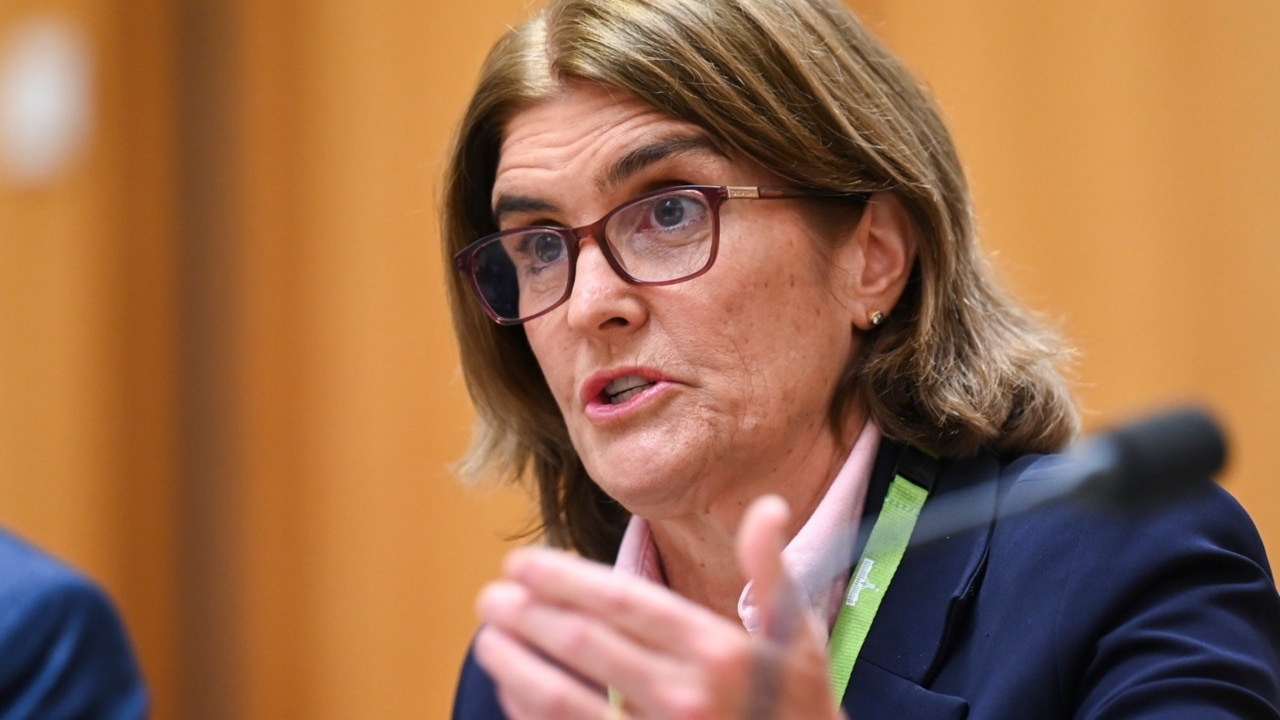Don’t get your hopes up on rates cut: OECD
The OECD has provided a reality check for those hoping for multiple rate cuts this year, saying monetary policy settings will need to stay ‘restrictive in most major economies for some time’.

The OECD has provided a reality check for mortgage holders and investors hoping for multiple rate cuts this year, saying monetary policy settings will need to stay “restrictive in most major economies for some time to come”.
The warning from the Paris-based institution comes ahead of a Reserve Bank interest rate decision on Tuesday afternoon, one that marks the start of a new era for the central bank and which could have long-lasting consequences for monetary policy. The changes come as governor Michele Bullock approaches the most difficult decision of her short time in charge: when to begin cutting rates and, ultimately, how low should they go.
The RBA board is widely expected to hold its cash rate target at 4.35 per cent following its first meeting held over two days, but financial markets over the past month have moved swiftly to factor in two to three rate cuts in the second half of this year.
The OECD – led by former finance minister Mathias Cormann – in its updated world economic outlook noted that easing price growth pressures over the past year had not been associated with a sharp rise in unemployment, increasing the chance for what some economists have termed an “immaculate disinflation” that would bring inflation back under control without triggering major job losses.
The OECD sees consumer price growth in Australia falling from 4.1 per cent in December to 3.5 per cent by the middle of this year and then to 2.75 per cent by mid-2025 – in line with Treasury’s latest forecasts.

“In the absence of further adverse supply shocks, cooling demand pressures should allow headline and core inflation to fall further in most economies,” the OECD report says. “By the end of 2025 inflation is projected to be in line with central bank objectives in most G20 countries.”
But as indebted homeowners anxiously await for signs of when borrowing costs will fall, the OECD warned against central banks declaring premature victory in the battle to regain control of inflation.
“Monetary policy needs to remain prudent to ensure that underlying inflationary pressures are durably contained,” the report says. “Scope exists to lower policy interest rates as inflation declines, but the policy stance should remain restrictive in most major economies for some time to come.”
Jim Chalmers said the OECD showed there was a “challenging outlook for global growth” from geopolitical developments including conflicts in the Middle East.
“The US is doing better than most would have thought, but there are less positive signs out of China and Europe. A soft landing is assumed but not assured,” the Treasurer said. “Australia has not been immune from these challenges – with global uncertainty, high but moderating inflation and higher interest rates weighing on growth in expected ways – and many Australians are under pressure.”
Challenger chief economist Jonathan Kearns said it was “a critical year” for the RBA.
“There is a lot of uncertainty about how policy should go from here, so there will be some really challenging decisions for the board to make,” Mr Kearns said.

He agreed that predictions for multiple rate cuts by the end of the year were too optimistic, and that he would be “very surprised” if they came to be.
“I think there’s a reasonable case that policy hasn’t been as tight as it needed to be, so we will get less disinflationary impetus from that. It’s going to take longer than the market predicts. I think we get at best one rate cut towards the end of the year,” he said.
With the decision to hold virtually a foregone conclusion, analysts will be focusing on the language in the board’s statement that accompanies the 2.30pm decision on Tuesday.
“What I expect it (the statement) will say is that there has been progress on inflation, but there’s still a lot to be done. The board will be cautiously optimistic – they won’t want to start indicating cuts yet,” Mr Kearns said.
Still, after inflation ended the year at 4.1 per cent – a sharp drop from 5.4 per cent in September – the RBA board will tone down its language around the potential need for more hikes, he said.
Excluding Turkey and Argentina – two countries in the grip of runaway price growth – the OECD projects G20 inflation to decline from 3.6 per cent in 2023, before easing further to 2.6 per cent in 2024, and 2.4 per cent in 2025. But there was plenty of scope for disappointment.
In particular, risks associated with the ongoing conflict in the Middle East, and the additional price pressures from disruptions to shipping and oil supply loom large.




To join the conversation, please log in. Don't have an account? Register
Join the conversation, you are commenting as Logout